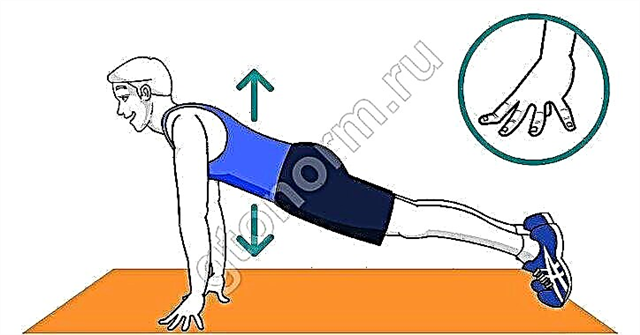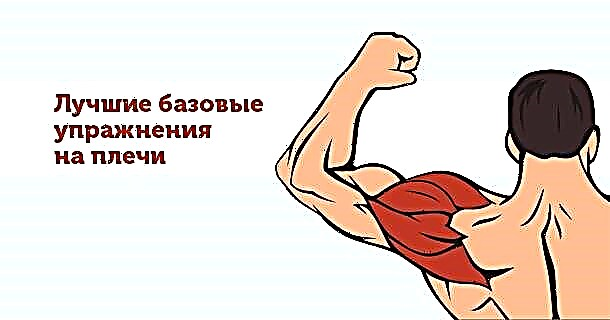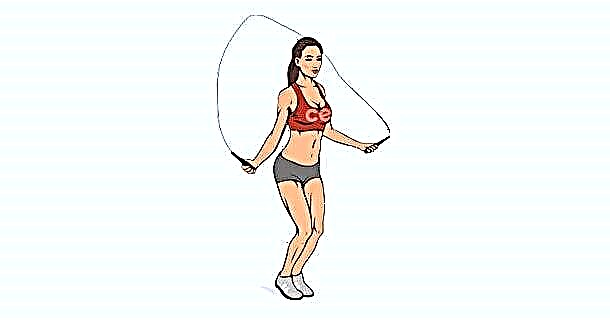In this article, we will analyze the technique of long-distance running, because following it correctly ensures that you will be able to run for a long time without harming the body. Long distances are challenging, especially for beginners. It is important to learn how to overcome a long run without injury, sprains and overloading. To do this, you need to train a lot, increase endurance, and also carefully work on technique.
What is long distance running?
Long-distance running is a cross-country run that exceeds 3000 meters. It is an ideal sport to keep the body in good shape. Helps to lose weight, strengthens the body, helps to eliminate depression.
Jogging is available to everyone - no need to spend money on a gym membership or buy expensive equipment. At the same time, this is a natural movement that a person learns in early childhood. For example, you need to learn how to swim or skate, first, and only then you can start long distances.
It is unlikely that you do not know how to run, which means that the only limitation for a future runner is health. If you don't have any problems or complaints, feel free to buy yourself running shoes and choose the nearest park. Do not forget to finish reading the article, there is a lot of useful information here!
Long-distance running technique and tactics need to be honed - without it, you are unlikely to enjoy the exercise. This means that the new habit will linger on your schedule for a very short time. Do you want to know how to quickly learn to run long distances, how to properly use energy and minimize the risk of injuries and sprains? We will tell you about it right now.

Race phases
First, let's list the standard phases into which long-distance running is divided. We call them standard because they are found in almost all athletics disciplines:
- Start;
- Starting acceleration;
- Main run;
- Finishing.
Entering and exiting each phase needs to be carefully worked out.
- In this discipline, a high start is used, in which the main task of the athlete is to make a powerful jerk.
- Then the acceleration stage begins, which lasts 60-100 m. In this phase, the athlete moves at maximum speed in order to win the advantage. However, in the course of the rest of the distance, the leaders will still yield to each other in order to allow themselves to rest. Therefore, it would be more correct to say that the starting acceleration is needed in order not to lag too far behind the rest of the runners.
- During the main race, the athlete saves energy, which will be spent on the finish spurt.
If you are interested in how many meters it is, long-distance running, we emphasize that the minimum distance is 5 km (a 3 km route is sometimes also referred to this category, however, it is more correct to consider it as the upper limit of average races). Then there are 10 km (Olympic discipline), 15 km, 20 km, 25 km, etc. up to the marathon race.
As you can see, the phase of the main run takes up the lion's share of the entire route, and it is this phase that requires an enormous supply of endurance. The athlete must be able to maintain an even pace and rhythmic cadence.
- Finishing is the phase that determines the winner. It starts 400 m before the final line and requires the mobilization of all the athlete's forces. A powerful acceleration is observed, and in the last 50 meters the athlete demonstrates his maximum.

Features of technology
Proper long-distance running technique for beginners involves carefully practicing 4 aspects.
- Body position.
According to the rules of long-distance running, the slower the athlete moves, the more vertical the torso is held. At the moments of acceleration, there is a slight forward tilt. The head is kept straight, the gaze is directed forward. You should not look around, look around, be distracted by others. Relax your upper body, bend your arms at the elbows. You can slightly bend in the lower back, reduce the shoulder blades.

- Hand position.
Hands move in sync with legs, in opposite order. They are held close to the body, bent at right angles. Many people are interested in how to increase the speed of long-distance running, and they will be surprised to learn that hand movements have a significant impact on this process. In simple terms, the faster the athlete moves, the more vigorously he works with his hands, thereby helping himself to increase his pace.

- Leg movement technique.
Let's continue to figure out how to learn how to run long distances correctly. Let's move on to the most important part of the technique - the movement of the legs. In the process of running, it is important to put the foot on the toe, gently rolling it onto the heel. At the moment of taking the leg off the ground, the lower leg moves up to the highest point. At this point, the other leg fully extends and performs a push. Alternation occurs and a new cycle begins. As strange as it may sound, it is also important to be able to relax your legs, otherwise you will not be able to overcome a long route.

- Breath.
The technique of running long distances requires the development of correct breathing. The latter plays a fundamental role in increasing the runner's endurance limit. If you learn how to breathe correctly during long distances - consider it halfway done! Just hone your technique and feel free to sign up for the marathon! Breathing should be rhythmic and even. The frequency of inspiration / expiration depends on the speed of the athlete, the most often used formula is "4 to 1". This means one inhalation / exhalation is performed for every 4 steps. Breathe in with your nose, exhale with your mouth.

How to learn technique and how to increase speed?
Let's take a look at how to learn how to run long distances faster, as well as voice recommendations for the soonest mastering of the technique.
- Pre-training should focus on developing strength, endurance, and speed. Choose the optimal program that will improve performance in these areas.
- Make sure you are in good health for long-distance running;
- During training, it is important to develop all muscle groups, because running uses the muscles of the whole body. Do not forget to add a strength complex to the program, as well as stretching exercises and massage therapy;
- Learn safety precautions when running long distances, pay special attention to the selection of quality shoes and sports equipment.
- If you plan to do it professionally, discuss with your coach the most successful tactics of overcoming distances;
- The biomechanics of long-distance running presupposes a substantial consumption of glycogen, therefore, the athlete must follow a special diet. The diet should be rich in protein, healthy fats, and complex carbohydrates (20:20:60 percentage).
If you are interested in how to increase your running speed for long distances, develop joint mobility, foot flexibility, breath, and willpower. A great endurance-building exercise is interval running.
In addition to practice, study theory to understand how to improve your long-distance running technique. Watch thematic videos, chat with like-minded people, hire a coach. The latter will help you identify the weaknesses of your workout, tell you how to prepare for the race, explain how to start and where.

Benefit and harm
Finally, let's take a look at the benefits and harms of long-distance running, and what this sport brings to the general public (non-professional athletes).
- Running helps to form a beautiful figure, improves overall well-being;
- Long distance is an excellent endurance trainer that is important in many sports;
- Blood circulation improves, the body is saturated with oxygen;
- The cardiovascular system is strengthened;
- Veins and blood vessels become more elastic;
- Prevention of varicose veins;
- The mood rises, stress goes away, depression recedes.
At the same time, let us remind you that we are not discussing a standard morning jogging, 1-3 km long, but a serious and long distance with a completely different technique.
The latter is especially important, because if you master it with an A plus, there will be no problems. So, let's find out what is fraught with non-compliance with the recommended technique of movements:
- Failure to follow the technique can lead to injuries to the musculoskeletal system;
- The cardiovascular system will experience a serious stress. If you have heart complaints, we recommend that you consult with your doctor and get approval;
- A rash approach to training can provoke gastrointestinal problems.
- Make sure you have no contraindications.

So, we discussed what long-distance running trains, what is its technique, phases, features. In conclusion, we would like to emphasize that the right technique is a solid foundation for your future relationship with sports. Don't be lazy to take the time to study it. This is the only way to make any marathon run as easy as breathing!









